Sea-Bird Scientific is excited to be attending ADMT-24 in Hobart, Tasmania from October 23 – 27.
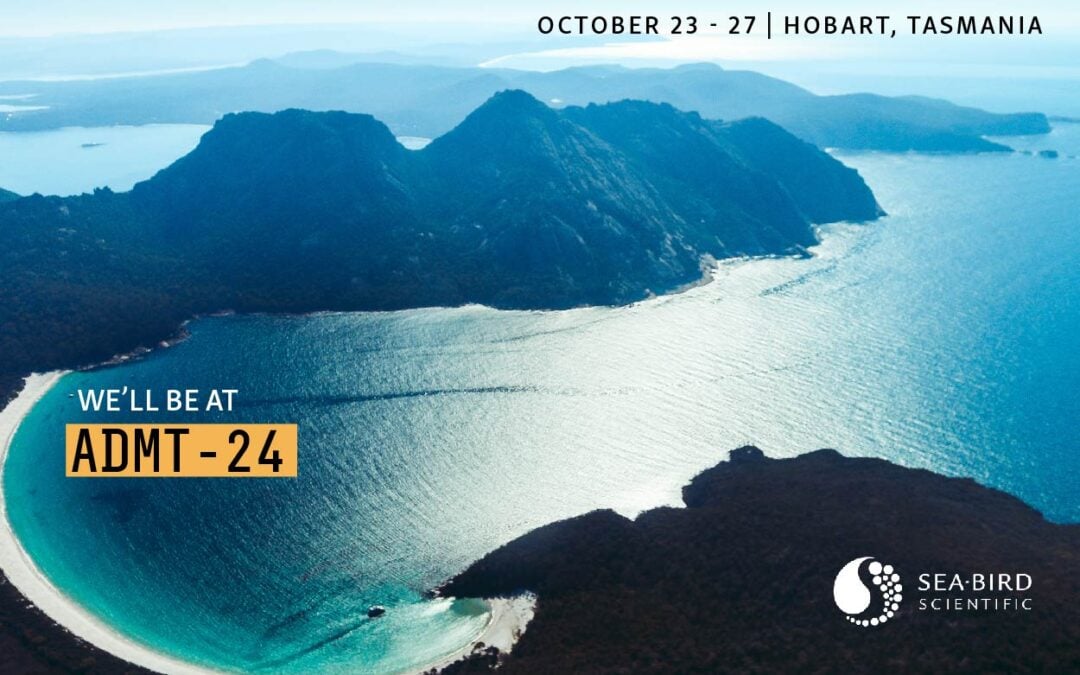

Sea-Bird Scientific is excited to be attending ADMT-24 in Hobart, Tasmania from October 23 – 27.
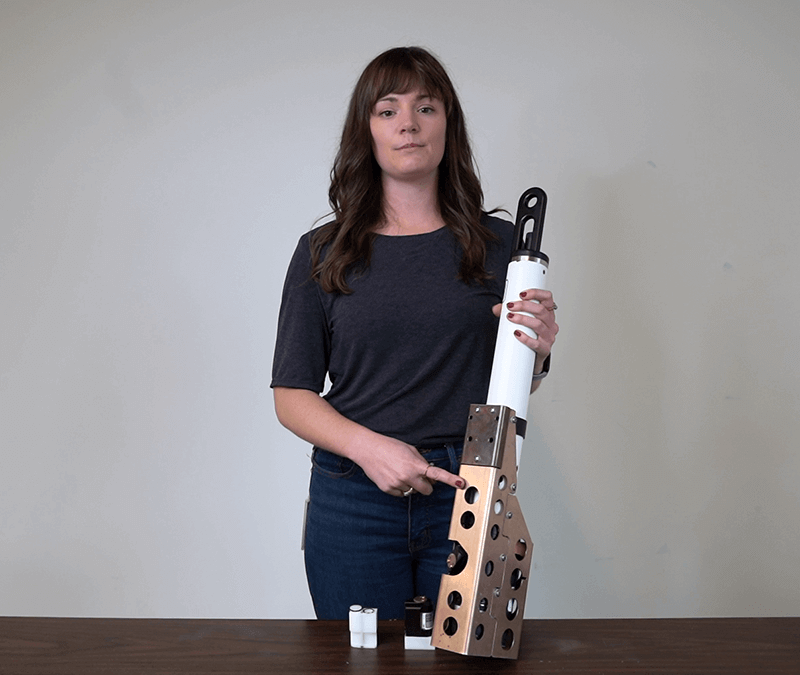
The HydroCAT-EP V2 is the next generation of multiparameter instruments. It measures CTD data alongside dissolved oxygen, pH, fluorescence, and turbidity, all within a single self-contained package. Learn about the new changes to this product.
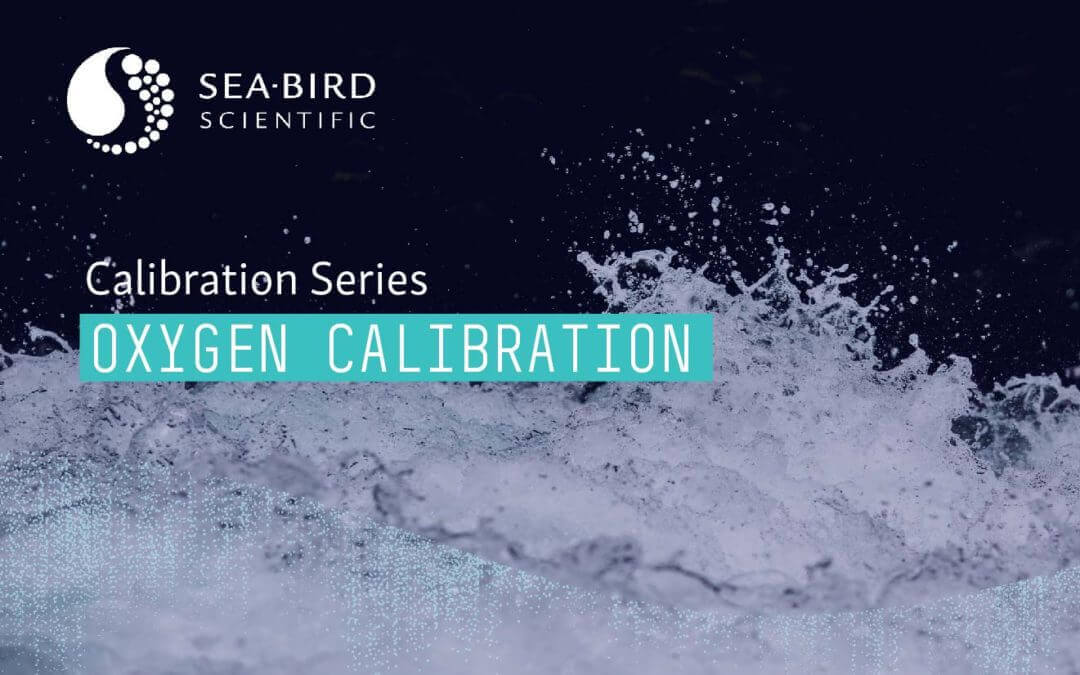
Our dissolved oxygen sensors, the SBE 43 and SBE 63, are calibrated with tools and methods we learned from calibrating our world-class temperature and conductivity sensors. Get a look behind the scenes in our calibration lab.
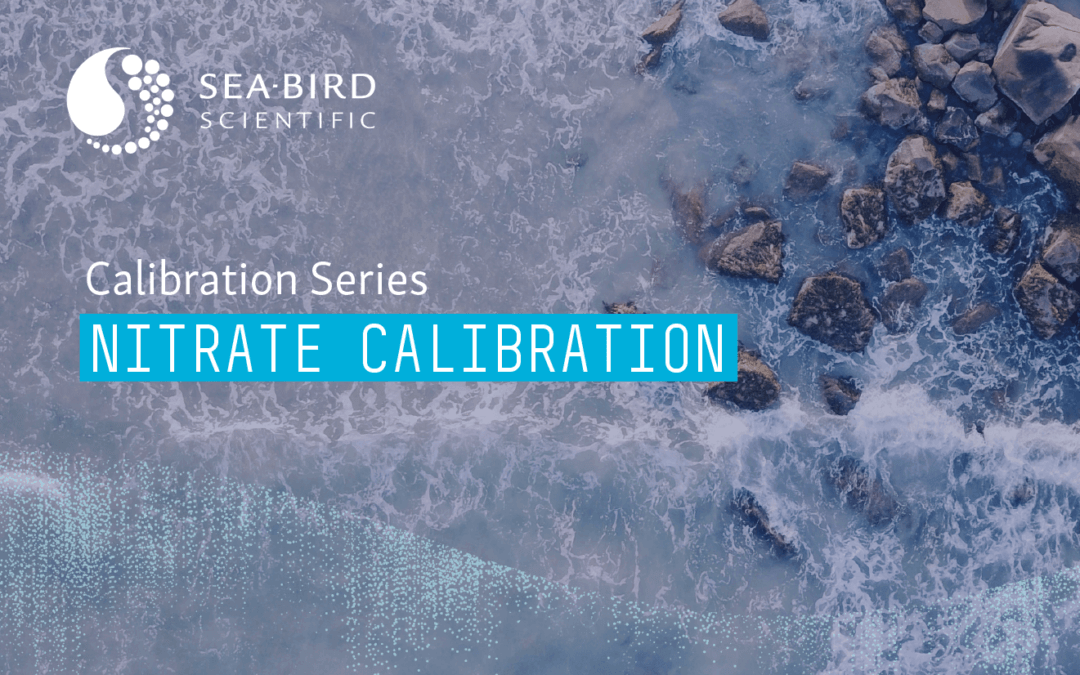
The SUNA V2 is an ultraviolet spectrometer designed to measure nitrate in-situ. At Sea-Bird, we use a temperature-controlled bath and various solutions to characterize and calibrate the sensor’s output. Learn how we prepare SUNA V2s for seawater and freshwater deployments.
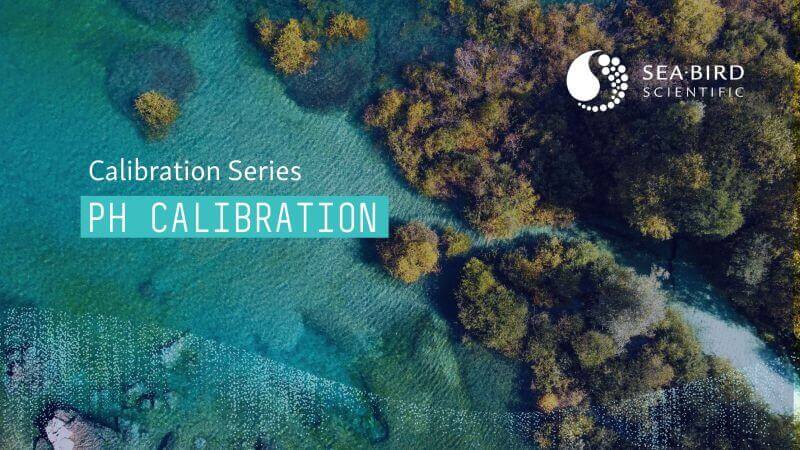
ISFET pH sensors, like the SeaFET V2 and SeapHOx V2, receive a factory calibration, and don’t require regular field maintenance. Learn how we’ve adapted our calibration facility to account for conditions these instruments meet in the wild.

To ensure that our teams can effectively resolve your technical support queries and communicate RMA updates, we recommend that you preemptively whitelist @seabird.com email addresses in your email system.
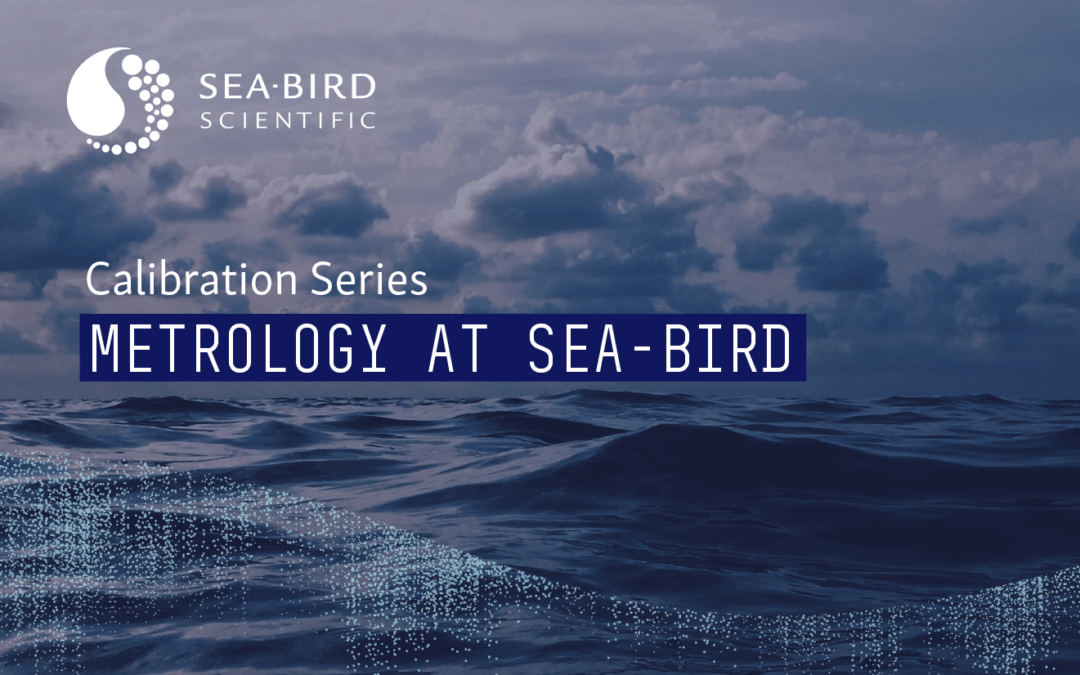
Conceptually, inductive moorings seem complex – communicating with 100 instruments through a single cable doesn’t exactly sound intuitive. But, in practice, the setup is surprisingly simple. Watch our latest video to see how easy it is to test and simulate an inductive modem mooring.
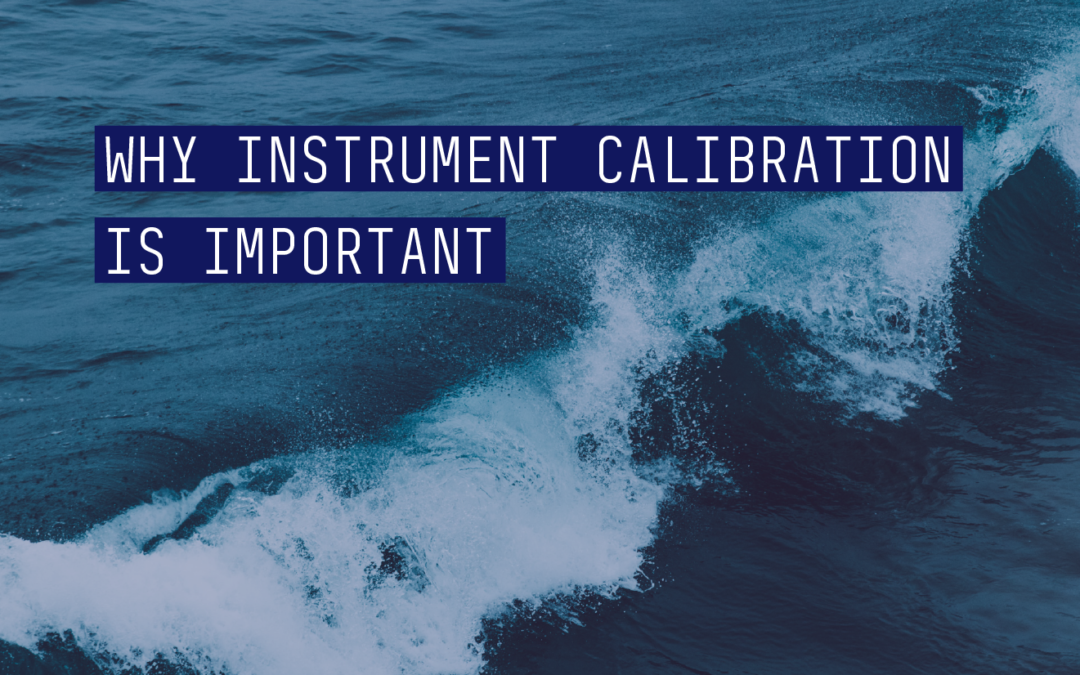
Precision engineering is meaningless without proper calibration. Learn why calibration is an important aspect of Sea-Bird Scientific sensors.
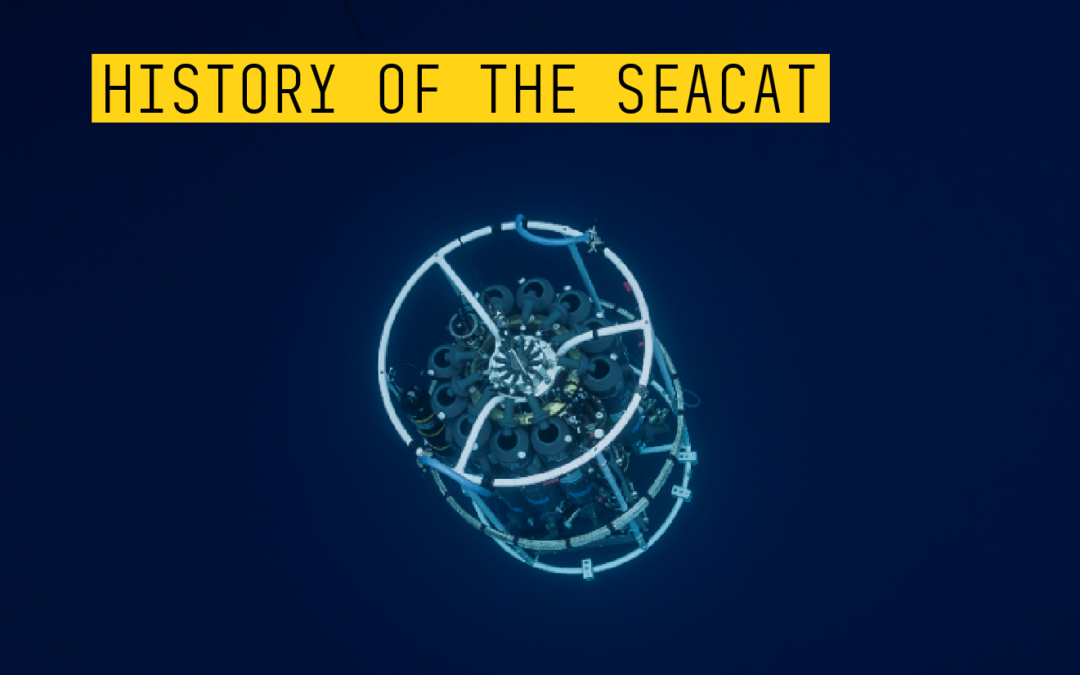
SeaCATs, the CTD family consisting of the 16plus V2 and 19plus V2, were first developed in late 1985 back when Sea-Bird had barely evolved past a garage operation. When a customer requested a moored CTD – the first that Sea-Bird had ever built, Sea-Bird's team...
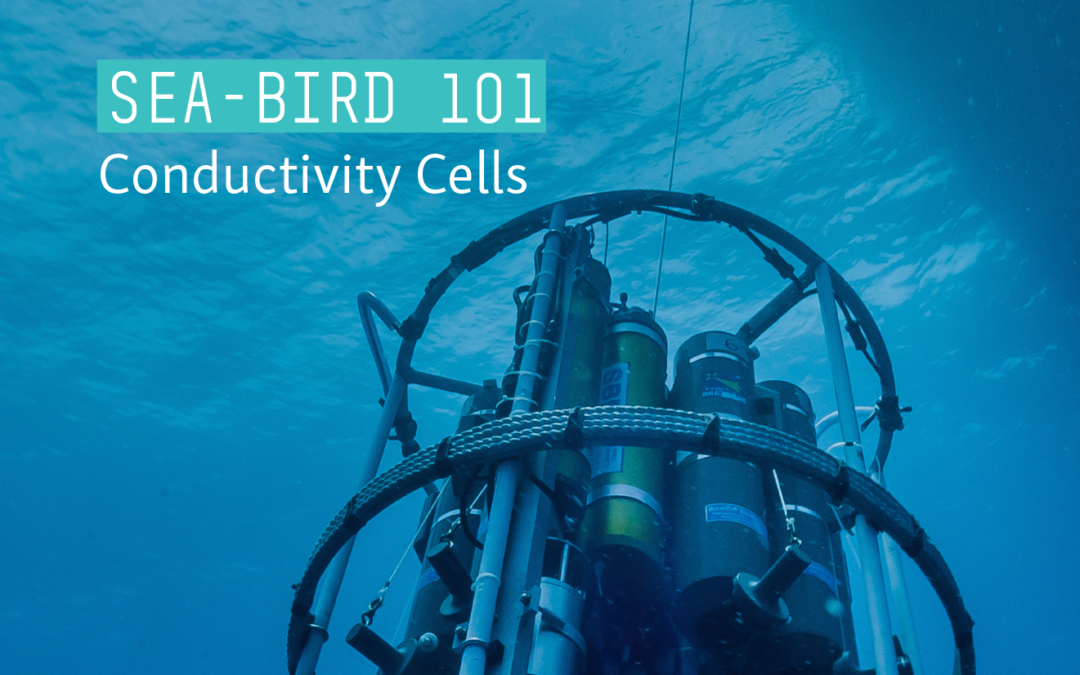
Conceptually, inductive moorings seem complex – communicating with 100 instruments through a single cable doesn’t exactly sound intuitive. But, in practice, the setup is surprisingly simple. Watch our latest video to see how easy it is to test and simulate an inductive modem mooring.
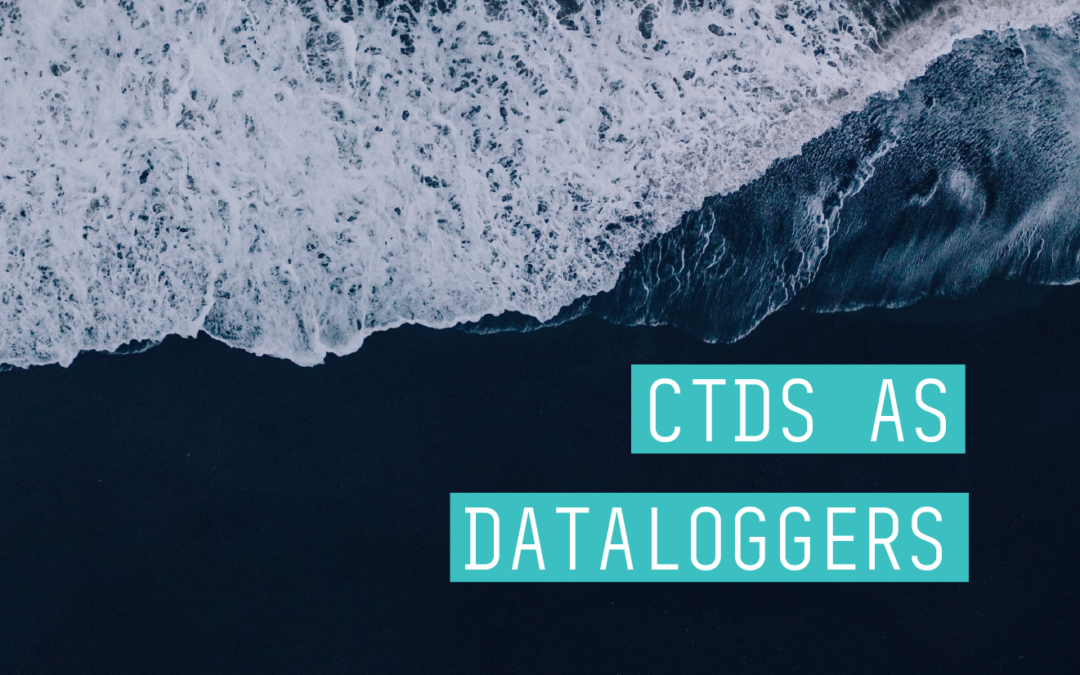
The acronym “CTD” might unofficially represent more than just conductivity, temperature, and depth. Since most CTDs include one or more auxiliary sensors, a given CTD package might technically be called a “CTDpHDOFLNTUTr” (CTD + pH + dissolved oxygen + fluorescence +...
Hands Off and High-Quality Data: Using the HydroCAT-EP V2 to Get the Full Picture of a Dynamic Aquatic Ecosystem “King County, Washington’s mooring program is designed to collect continuous oceanographic and meteorological data every 15 minutes in Central Puget Sound....
We are excited to celebrate Pride Month in 2023 with our supporters, partners, and associates. Pride is a special month to us, as it gives us an opportunity to reflect on our commitment and support to the LGBTQIA+ community, something that is integral to the culture...
We are excited to celebrate International Women in Engineering Day on June 23. This day is meant to celebrate women in STEM, and provide an opportunity to highlight women in engineering fields, who are still very much under-represented. In fact, according to the...